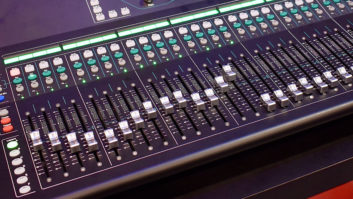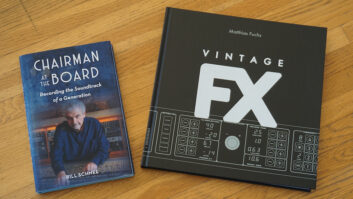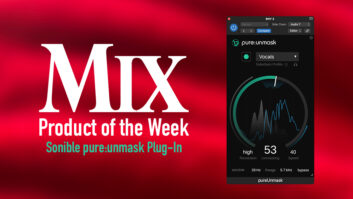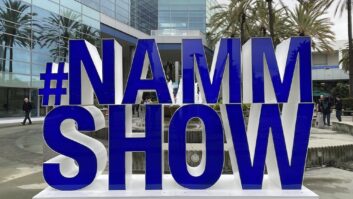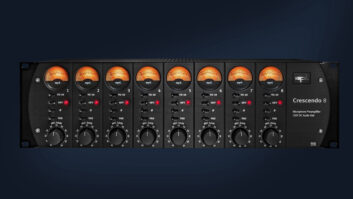We’re instituting a new annual feature this year, a combination of looking back at the previous 12 months and looking ahead to the next 12 for technologies and companies that are making a difference. We’re calling it the Mix List, and it’s based around the idea that while technological development might happen at light speed these days, quality and innovation are timeless.
Companies are listed in alphabetical order, not by numerical rank. They have been selected by the editors of Mix for various reasons—from API to Yamaha, Grace Design to iZotope, and a lot more in between. No doubt there are many more worthy of being included. Please let us know of your choices.
Technology of the Year: Dante, by Audinate
Dante is not a new technology by any means, having been developed by a research group out of Australia in 2006. It then took a while for the networked protocol to reach critical mass, but when it did, it took over the live sound and installation industries seemingly overnight. Audinate now lists partnerships with more than 400 companies and 1,600 products, and the recent flood of Dante connectors and adapters, including the Avio from Audinate itself, has opened the network to a treasure trove of legacy analog gear. The release of Dante Domain Manager, meanwhile, has brought a new level of control that seems future-proof.
In 2019, expect the company to continue its integration of live event production and recording, and expect massive inroads into high-end audio post-production thanks to the rumored-to-be-coming Dante connectivity with the Dolby RMU for immersive applications. It won’t be long before single- and multiroom recording facilities also see the advantages. We have smart homes. The smart studio is next.
The Mix List
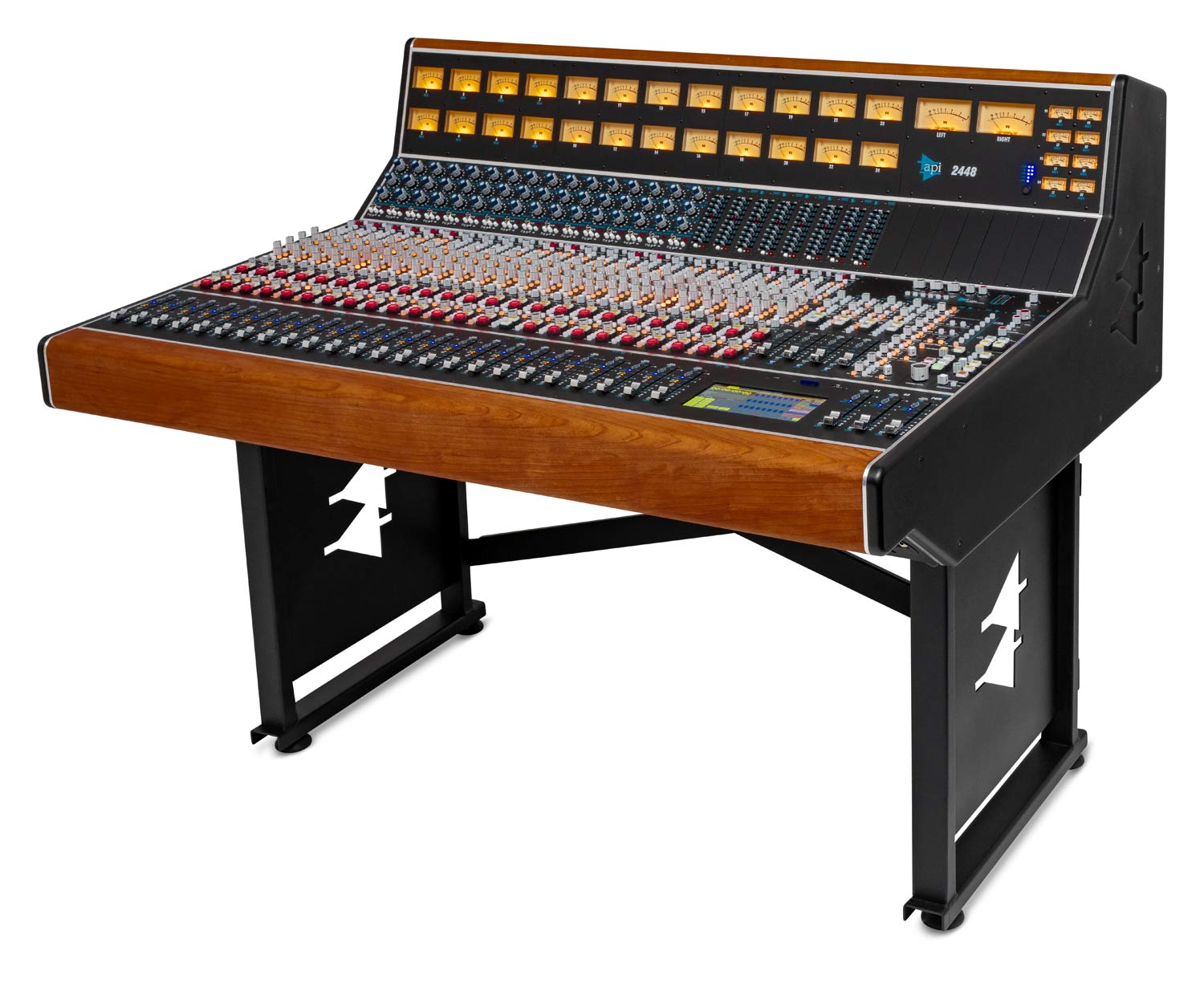
API: Over the past two decades, while the rest of the large-format console manufacturers developed digital desks and hybrid control surfaces, API just kept making analog consoles. And they keep selling then. The company’s penchant for delivering quality electronics and sound, across a wide range of price points—from The Box at $25K on up to Vision at $500K—has proven its genius. The timing and release of new products has also been uncanny. Plus, they have Dan Zimbelman, one of the best in the business, selling them worldwide. The recent introduction of the 2448 and the updated 1608II in October 2018 further cements the company’s dominance in the console market. They will sell a lot of them.
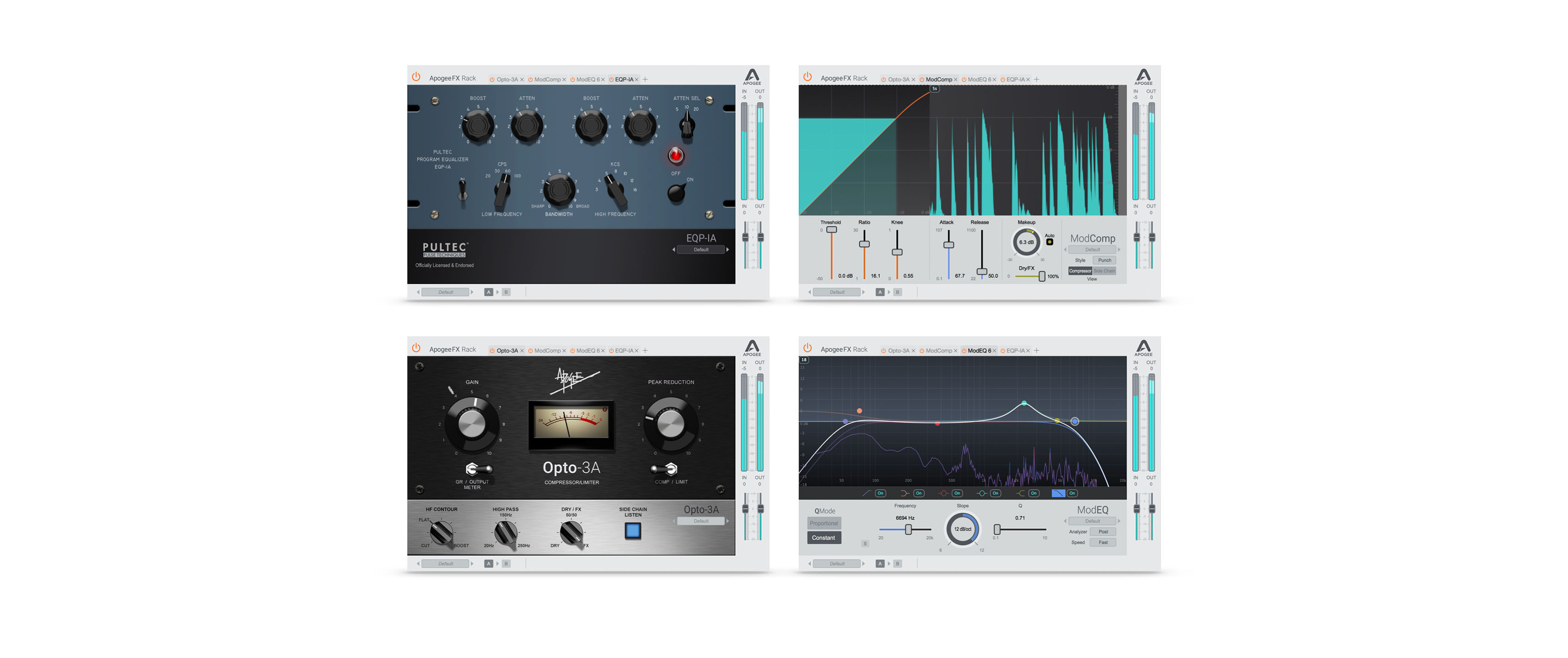
Apogee: At AES 2018, Apogee, a company most often associated with high-end interfaces and converters, introduced FX Rack with Plug-Ins, bringing four classic plug-in emulations to the Symphony and Element lines. While optimized for Apogee products, it also runs natively and works well with others. The hardware-software combination is not new, but with Apogee you can expect it to be quality, and you can expect further developments for getting sounds into the computer, and shaping them along the way. Plus, Apogee is that rare high-end pro audio company that has a major presence in the consumer world through its association with Apple. The company knows how people work.
Related: Tech Talk: Essential Gear to Close Out Your Year, by Kevin Becka, Dec. 14, 2017
Avid: Pro Tools 2018, the company’s full-blown entry into subscription and premium models of ownership, has been shipping for a year, and for the most part it has been a big success, with monthly updates of features and fixes, partner gifts throughout the year to Premium customers, and the public beta launch of AvidLink, a LinkedIn-style creative community designed to make creative collaboration effective and simple. No doubt the company will soon be showcasing new tools for live recording made simple, more Pro Tools version updates, and additional features everywhere. But watch this subscription model, and watch the efforts in cloud collaboration.
Dolby: What can we say? Dolby, like Xerox or Kleenex, has become a brand that defines an entire product category. Once, that category was noise reduction. Now it is immersive sound, and the ubiquitous Dolby Atmos. There is about to be an explosion in the build-out of immersive production and post-production rooms, and with the integration of the RMU into native workflows, along with the coming Dante connectivity, Dolby is front and center, helping to define the revolution.
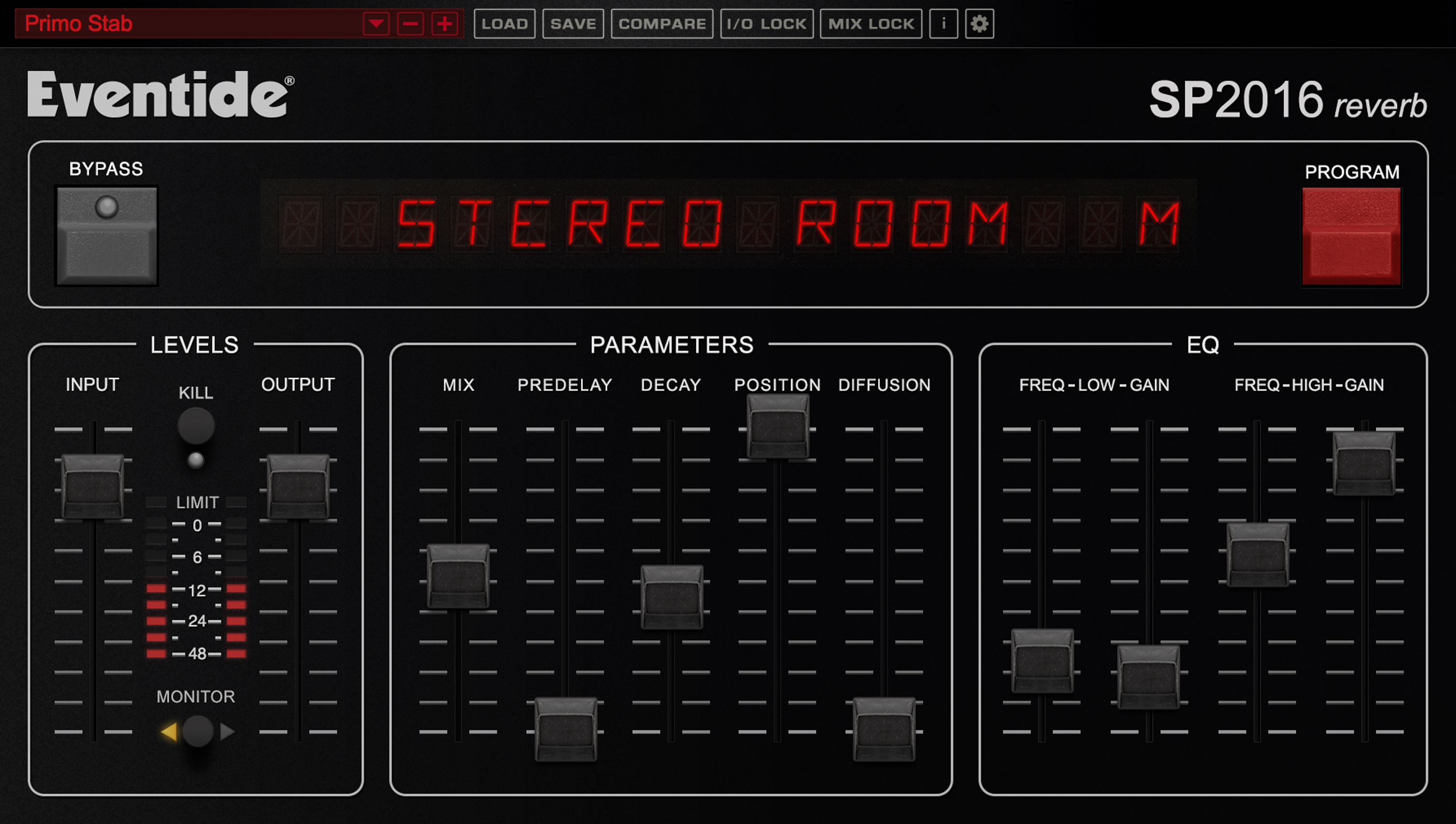
Eventide: Back in 1981, Eventide introduced the SP2016 reverb; a couple of months ago, the company released the official SP2016 plug-in. The H910 Harmonizer, developed in the early 1970s and one of the first digital effects boxes, was recently “updated” as the H9000, the “next-generation harmonizer.” In between there have been stompboxes and pedals and plug-ins, but the interest in core computer power continues with the incorporation of quad-core ARM processors on four upgradeable modules in the H9000. Speed and power. As more ARM chips become available, the H9000’s DSP modules can be upgraded. Always looking ahead. Much more to come.
Focusrite: The development over the last six to eight years of the Red and RedNet line of interfaces has been something to watch. With Focusrite an early adopter of Dante connectivity, the idea of networked audio suddenly started making sense to recording studios. Now, from college auditoriums to Formosa Group soundstages, Focusrite is synonymous with connectivity. And it’s about to get a whole lot bigger, as audio post and recording facilities are set to embark on a huge paradigm shift in audio-over-IP. Focusrite will be there.
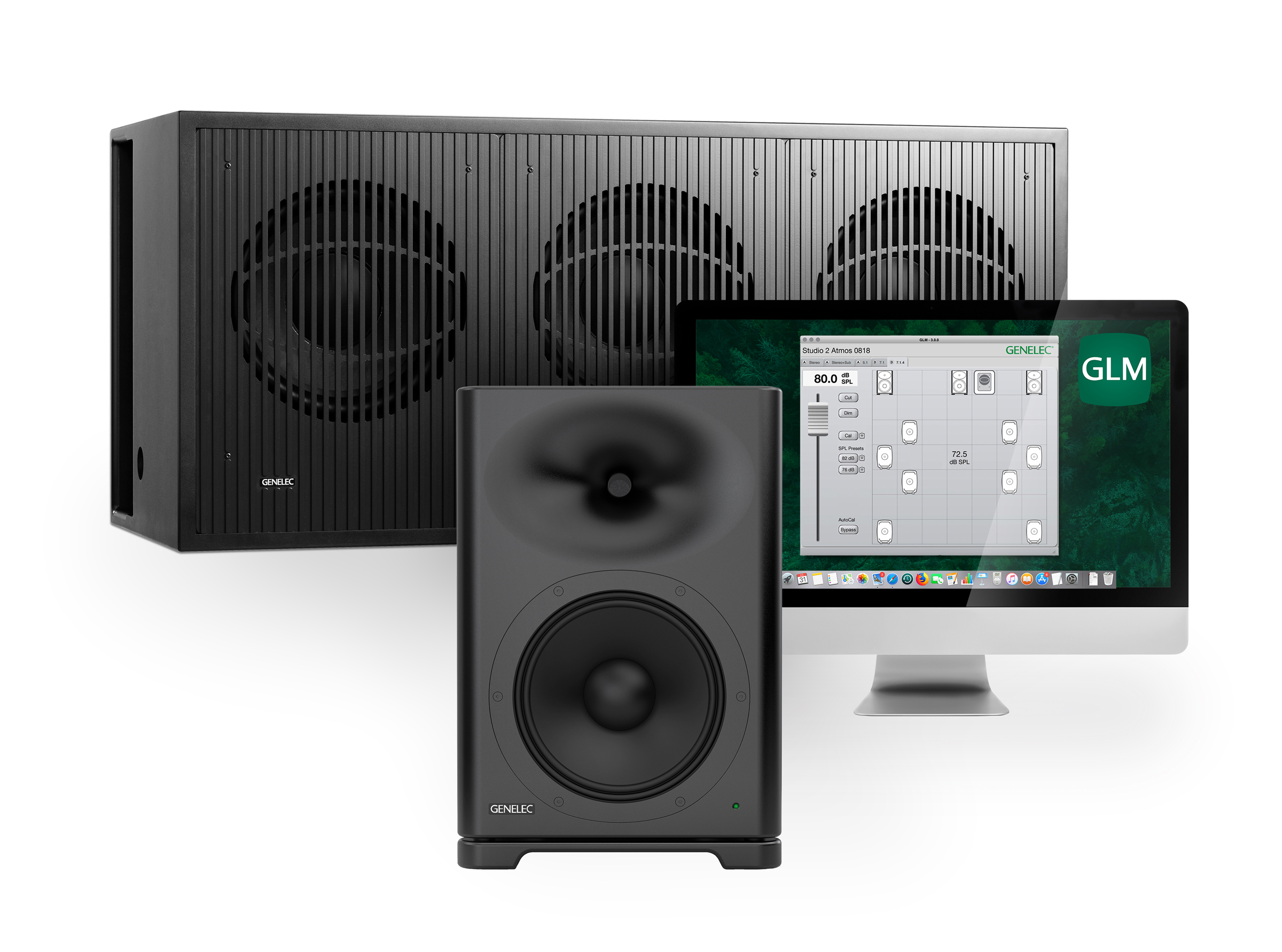
Genelec: Four years ago at NAB Show, Will Eggleston of Genelec built a small cage on the show floor and showed off a rudimentary 7.1.2 immersive playback system for small environments. Fast-forward to AES 2018, and Genelec introduced the S360 SAM high-SPL two-way monitor and 7382 subwoofer, both of which appear to be install-ready for mid-sized immersive playback systems. That’s the coming wave in studio design for post and broadcast. Genelec is planning to be there.
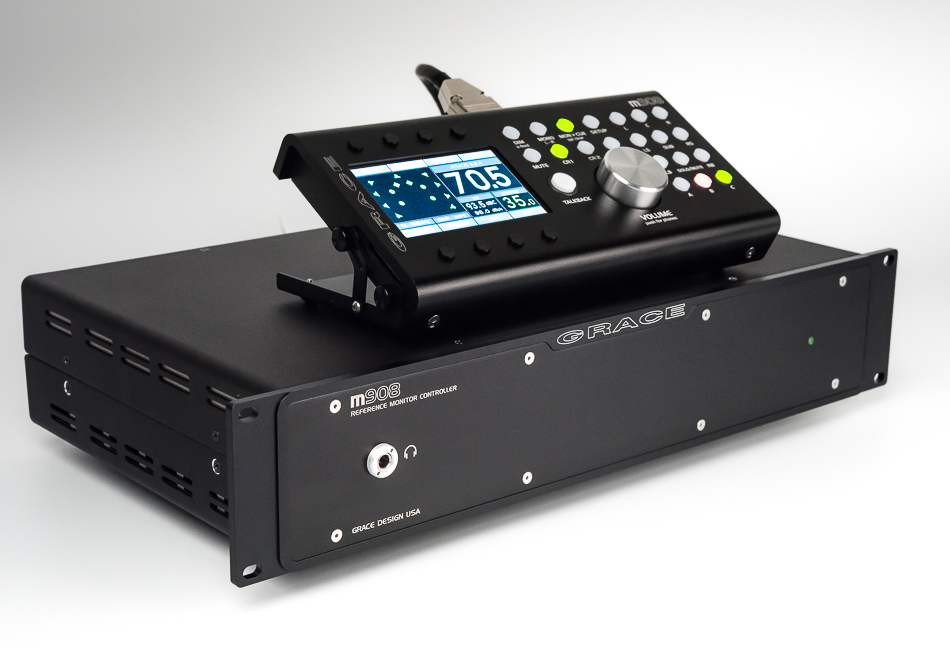
Grace Design: There’s something just damn likable about the Grace Brothers out of Lyons, Colorado. Michael Grace handles most of the design and build, and Eben is the guy out front. They are a couple of rascally musicians with a love of quality sound. Sometimes their mother can be found knitting in the trade show booth. They also make some serious-quality preamps, including the recent m801 mk2, and now have announced a serious surround monitor controller, the m908, for all immersive formats from mono up to 22.2. A ton of new immersive rooms will be built in the next two years; many of them will spec quality Grace control.
Related: Tech Talk: The Year in Gear, by Kevin Becka, Dec. 22, 2016
L-Acoustics: Largely credited with initiating the line-array wave, the French company decades later continues to innovate, recently releasing the K2, and, perhaps more significantly the L-ISA immersive sound playback system. Other companies have entered the coming boom in augmented reality, but L-Acoustics seems to be leading the pack, with early performances by Lorde, then the September alt-j performance (Rat Sound) at Forest Hills, the first immersive show of its kind. That was followed by Bon Iver and Childish Gambino in L-ISA Hyperreal. Expect a lot more. Concerts are changing.
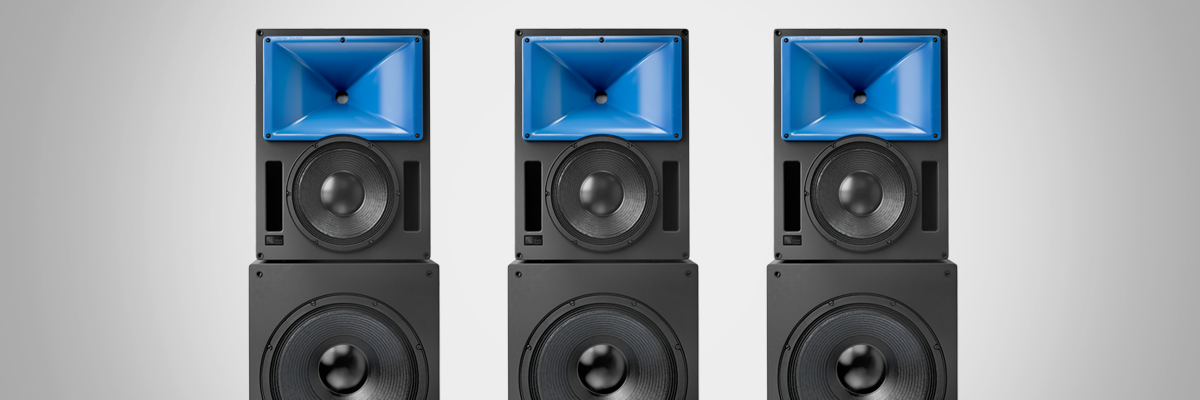
Meyer Sound: It’s worth watching what comes out of John Meyer’s mind any year, not just this one. The world of live sound has certainly benefited from his developments in linearity and control; meanwhile, about 15 months ago, he slipped in a studio monitor dubbed the Bluehorn system, based on nearly 40 years of research, the last five of them active. It has to be heard to be believed—the clarity, imaging and depth—and it no doubt will be heard in high-end studios and sound design/dub stages around the world. John Meyer tends to roll products out slowly. Bluehorn is all set to explode this year.
MOTU: Things were relatively quiet last year for MOTU, one of the pioneers in digital audio workstation development with Digital Performer, now morphed into one of the world’s leading manufacturers of audio interfaces. And I/O remains one of the hottest product categories in pro audio, at every price point. The relative quiet makes me think that MOTU will soon announce something big—reliable, intuitive, quality—and it will be affordable. Musicians and home studio owners will eat it up.
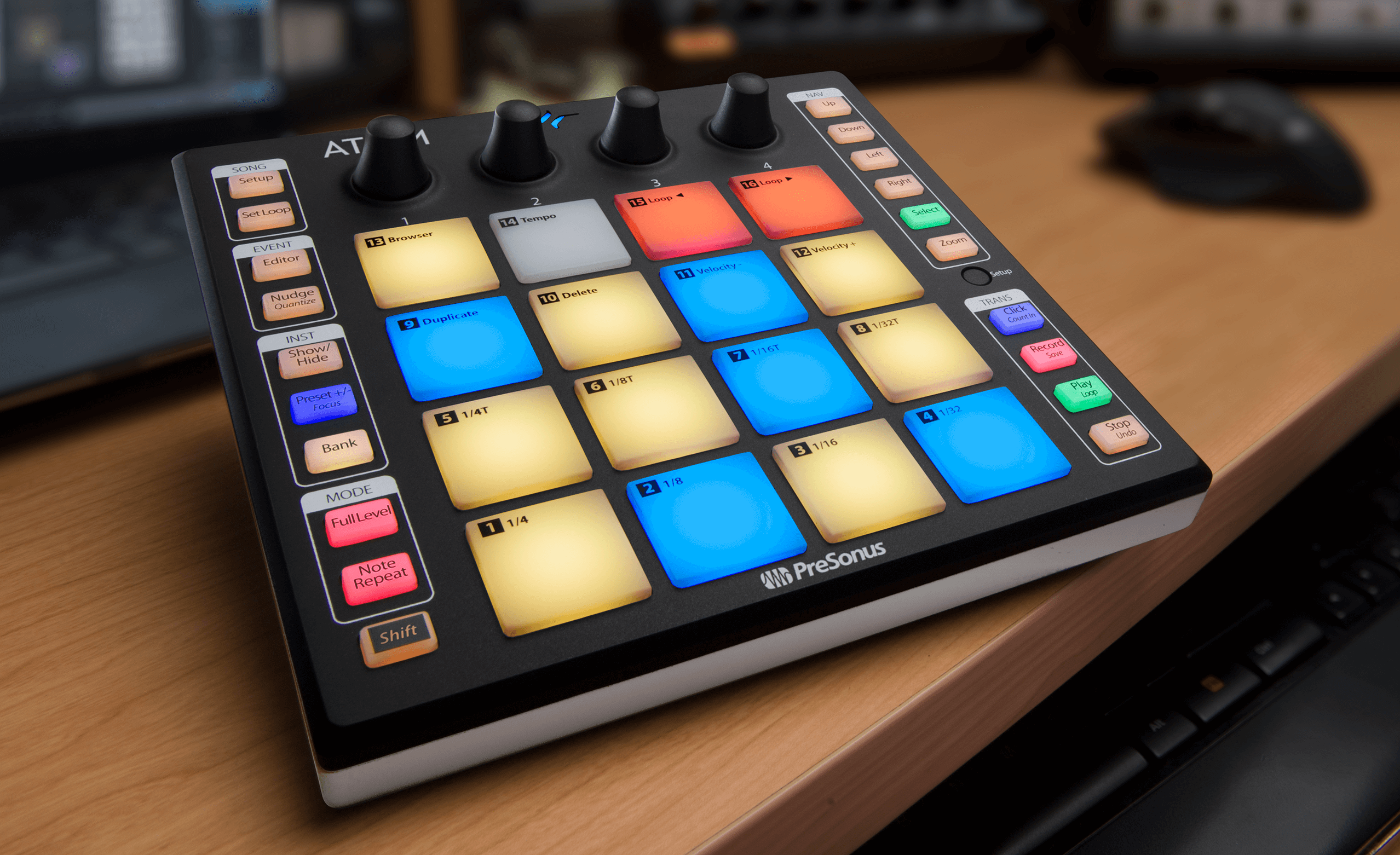
PreSonus: A most interesting company. On the one hand, PreSonus seems to make a whole lot of products for a company founded in 1995. Then again, you realize it’s all part of a grand plan, a system of interfaces, consoles, controllers, workstations, processors and speakers that are all designed to connect the creative process, whether on studio or stage. This year Studio One went to v4.1 and StudioLive to v3.2. Now the company, whose mission is based entirely on musicians, has released ATOM, a performance pad controller to trigger beats, effects and loops. From houses of worship to EDM clubs, engineers and musicians are digging the PreSonus system approach.
Sennheiser/Neumann: Neumann just celebrated its 90th anniversary, and its microphones are still first-call at every top studio. Sennheiser adds 70 years, and now finds itself at the forefront of research into spatialization and VR/AR through its Ambeo division. The best mics anywhere, a wireless powerhouse, legacy products and R&D on the cutting edge. Watch out for Ambeo.
Sound Particles: Two years ago, we met Nuno Fonseca, an academic, an audio researcher and one of two people at Sound Particles out of Portugal. He was at Mix’s Sound for Film event showing a plug-in that generates random (yet appropriate) effects in a 3D sound field through an elegant algorithm based on AI. In October he returned, now with 10 employees and version 2. Check this company out—it’s got an eye on the future of plug-in design.
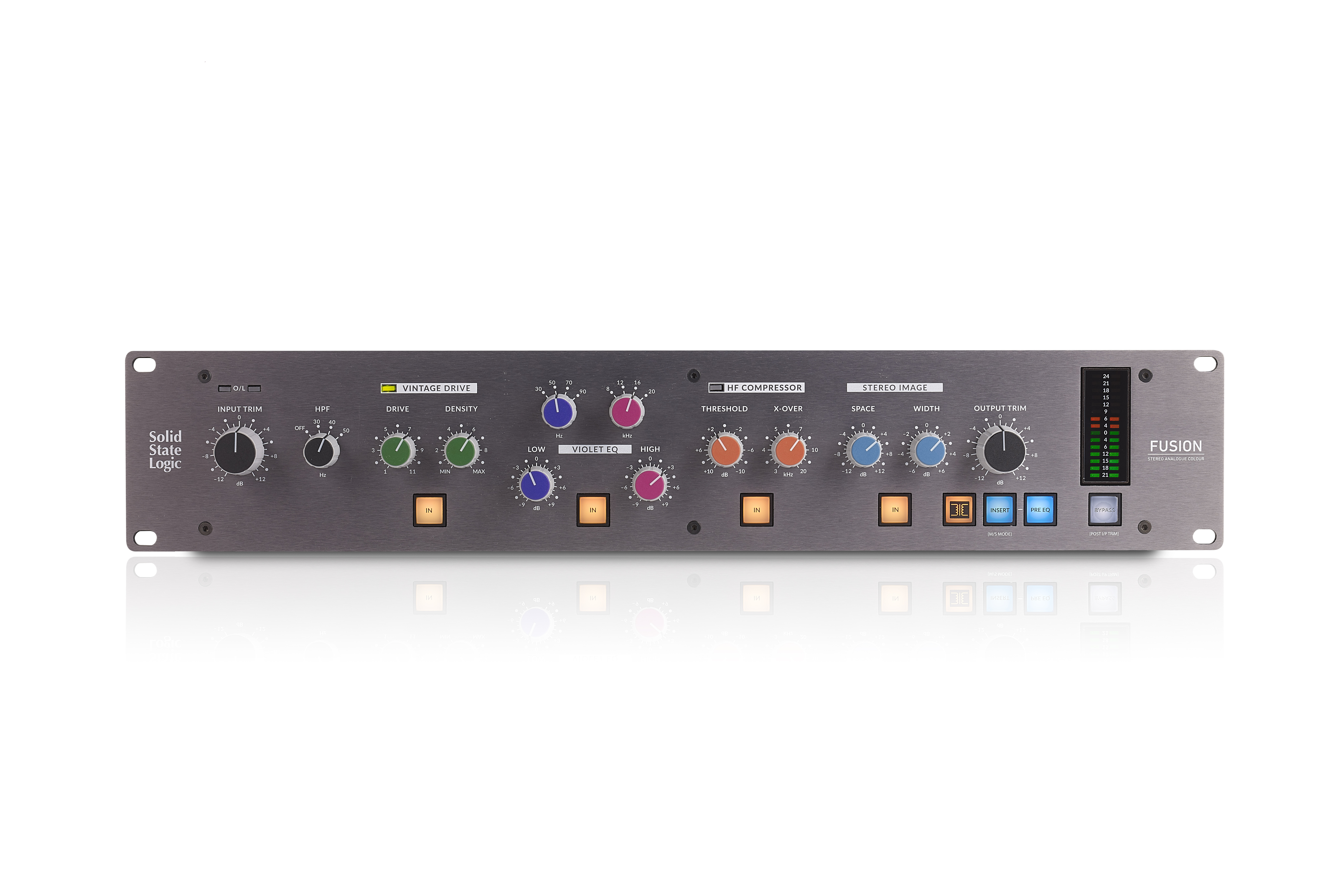
SSL: Following the collapse of the large-format console market, SSL set out on the circuitous route leading to where it is today—at the center of the hybrid production workflow. The company’s forays into live sound, with four boards in the C line, exceeded expectations, and now, after a decade of development in hybrid control surfaces and other studio products, the company has released the all-analog Fusion, five classic processors in a single 2RU unit. It’s back to the original mission, optimized for a hybrid workflow. Did we mention that it’s five processors? Classic sound?
Want more stories like this? Subscribe to our newsletter and get it delivered right to your inbox.
Steinberg/Yamaha, or Yamaha/Steinberg: These two companies—from Yamaha’s early embrace of Dante and its recent release of the PM10, to Steinberg’s continual look-ahead developments for Cubase, Wavelab and Nuendo—are true innovators. Steinberg’s release of Nuendo 8.3 and its set of virtual reality features and toolsets, and the introduction of Nuendo Live 2.0 for Live Multitrack Recording, has made the DAW (and Nuage!) a truly widespread platform across multiple audio markets. Its integration, still the only of its kind, with the engine in the Audio Kinetic Wwyse console for videogame production, has Steinberg poised to become a platform of choice in new media production. Then in mid-November, the company announced Cubase 10! Damn! These folks do not sit still.

Universal Audio: It’s likely that Universal Audio will be a perennial on the Mix List. This year, besides introducing Lexicon 480L, Softube Vocoder, Empirical Labs Distressor, Neve DFC channel strip, brainworx_dx mastering suite and many other UAD plug-ins, the company in September introduced the Apollo X for Thunderbolt 3 Audio Interface. This company, which lives the musician’s ethos out of Santa Cruz, Calif., has defined how to get audio into the computer, and then, through offloading processing, how to manage and shape it once it’s there. Truly innovative. Legendary quality.
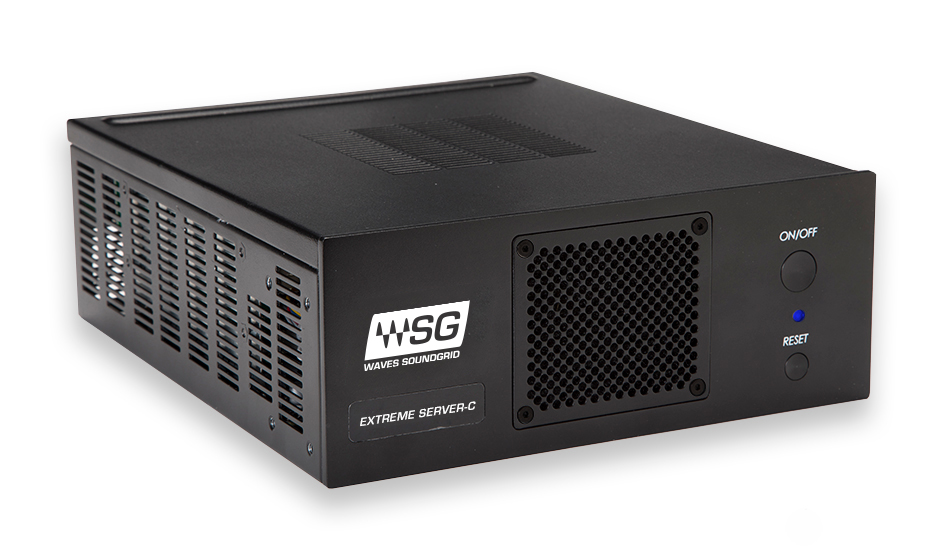
Waves: Studio engineers know Waves for its line of plug-ins, many of them developed with superstar engineers or legendary facilities, the most recent being an Abbey Road mastering chain. But the Israeli company is so much more. The recent introduction of its distributed, matrixed SoundGrid Extreme Server C, to go with its announcement of an optimized computer for running Waves plug-ins, shows that the company is intent on a powerful ecosystem, studio or live. Its partnership with DiGiCo and updates to the eMotion LV1 live console confirm its commitment to live and installed sound, and we know what they bring to the studio. Expect a lot more this year.
Zynaptiq: Every engineer, editor and sound designer has a list of favorite plug-ins, the ones they go to for precision, others for broad strokes; some to warp sound, others to dial it back. Our resident reviewer Michael Cooper definitely has a fondness for Zynaptiq, which he says “has time and again wowed me with products that are both offbeat and extremely useful. The company’s latest disruptor, Intensity, uses algorithms typically employed in facial recognition software to enhance inherent detail and increase clarity, loudness and density. While it’s not a compressor, Zynaptiq suggests you can grok Intensity by imagining an infinite-band compressor with zero-value time constants and no threshold.” That sounds limitless.
